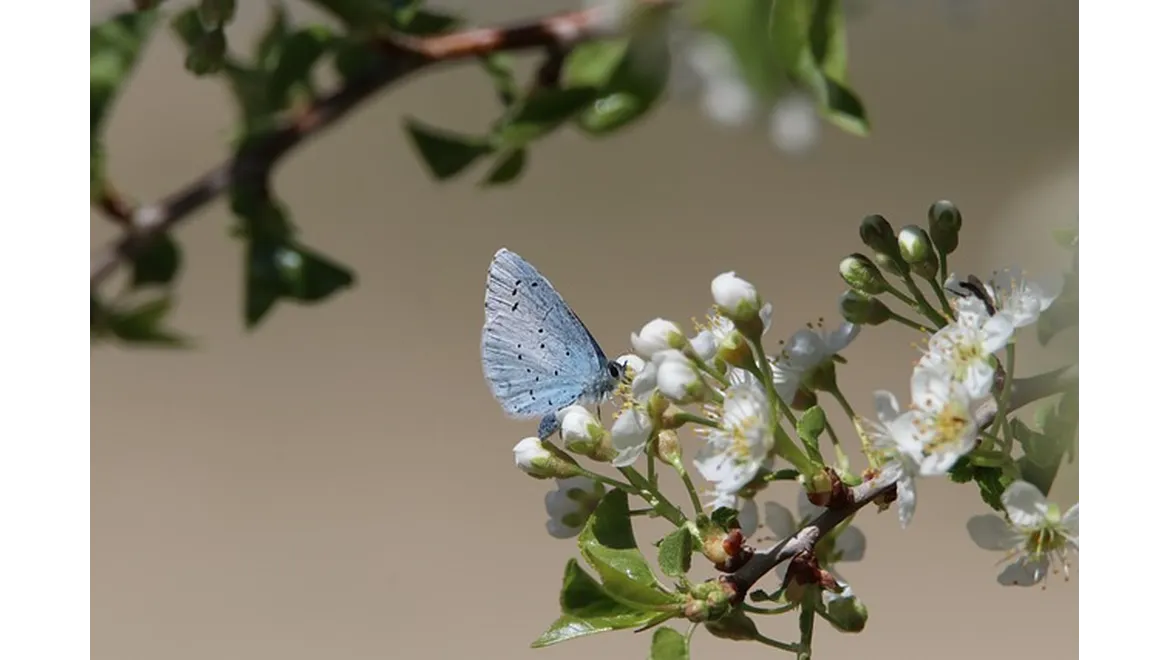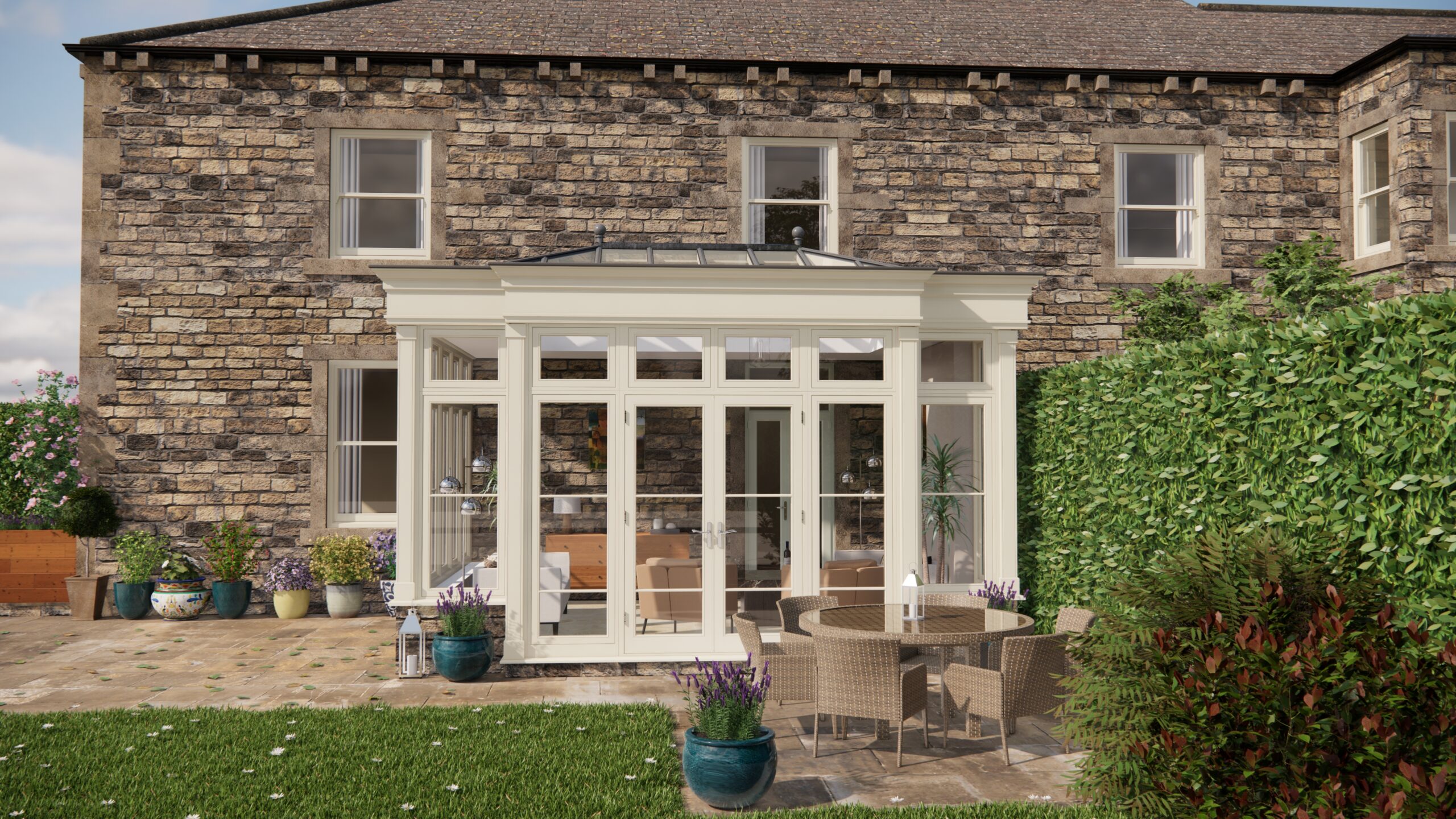When I first embarked on transforming my orangery into a lush haven of biodiversity, I was filled with both excitement and a dash of trepidation. The idea of creating a mini-ecosystem within the glass walls of my orangery was both a thrilling challenge and a profound commitment to nurturing nature’s wonders. If you’re considering embarking on a similar journey, let me guide you through the process with insights from my own experience.
1. Understanding Your Space: The Heart of Your Orangery
Before diving into plant selection, it’s vital to understand the unique characteristics of your orangery. The orientation of my space—south-facing with ample sunlight—determined the types of plants that would thrive. Observing how light and shade played throughout the day, I noted the temperature fluctuations and humidity levels. This understanding is crucial as it ensures that the plants I chose would not only survive but flourish.
For those of you with less sunlight, consider creating microclimates within your orangery using taller plants or placing reflective surfaces to maximise natural light. Remember, the goal is to emulate a natural environment as closely as possible.
2. Selecting Your Plant Palette: Diversity is Key
Diversity is the cornerstone of a biodiverse sanctuary. I started with a mix of native and exotic plants, ensuring a variety of forms, colours, and textures. Native plants are particularly important as they support local wildlife, including beneficial insects and pollinators.
I included towering ferns and lush philodendrons for height and structure, while creeping ivy and flowering begonias added splashes of colour and ground cover. The key is to layer your plants, much like a natural forest, allowing for a harmonious blend of species that occupy different ecological niches.
3. Soil and Pots: The Foundation of Growth
The next step was choosing the right soil and pots. A quality, peat-free compost is essential for healthy plants and environmental sustainability. I mixed it with perlite for drainage and added organic matter such as worm castings to enrich the soil.
Choosing pots can be both practical and aesthetic. I opted for a mix of terracotta and ceramic pots, which not only provide good drainage but also complement the earthy tones of my plant selection. Remember to ensure each pot has adequate drainage holes to prevent waterlogging.
4. Watering and Maintenance: The Balance of Life
Watering can be tricky, especially with various plant species. I installed a simple drip irrigation system, which ensures that all plants receive consistent moisture without the risk of overwatering. If you’re considering this, look for systems that are easy to install and adjust according to your plants’ needs.
Regular maintenance is also crucial. Pruning, deadheading flowers, and removing fallen leaves help prevent disease and encourage healthy growth. I find that dedicating a few minutes each day to tending my orangery keeps the plants thriving and me connected to the space.
5. Creating Habitats for Wildlife: Welcoming Nature’s Visitors
A biodiverse sanctuary isn’t just about the plants; it’s about the wildlife that visits. To attract beneficial insects and birds, I incorporated elements such as a small water feature and hanging bird feeders. Insect hotels, made from bamboo and twigs, provide shelter for solitary bees and other pollinators.
These additions not only support wildlife but also enhance the dynamic, living quality of the orangery. Watching a butterfly flit from flower to flower or a bird splash in the water feature brings an extra layer of joy to the space.
6. Embracing Change: The Evolution of Your Sanctuary
Finally, it’s important to remember that a biodiverse sanctuary is a living, evolving entity. Over time, I’ve observed which plants thrive and which struggle, adjusting my plant selection accordingly. This adaptability is key to maintaining the health and beauty of your orangery.
I’ve learned to embrace the imperfections and changes that come with a living ecosystem. Each season brings new challenges and rewards, from the vibrant blooms of spring to the restful dormancy of winter.
Transforming my orangery into a biodiverse sanctuary has been a rewarding journey of discovery and growth. By understanding the space, cultivating a diverse plant community, and welcoming wildlife, I’ve created a vibrant oasis that reflects the beauty and complexity of nature. Whether you have a small conservatory or a grand glasshouse, the principles of biodiversity can transform your space into a thriving sanctuary. As I tend to my plants and watch the ecosystem flourish, I am reminded of our profound connection to the natural world and the joy of nurturing life.


